This first volume of the series, Interpreting Medieval India (circa 750-1550), is a major departure from earlier textbooks of the kind, not only in terms of its emphasis on elements of change and continuity throughout the medieval period but also because it is the only book of its kind that deals with all three segments of Medieval Indian history including the early medieval period, the Delhi Sultanate and the regions of the time. The book, with its focus on historical processes, tries to, unlike other books which offer Sultanate-centered generalizations of the period, present a more holistic picture of medieval India. It acquaints students with possible alternative perspectives. I have tried to include debates and discussions on matters of historical interpretation on diverse topics. To that end, the book adopts a thematic, rather than chorological narrative.
Recent research suggests that studies of state formation as well as religious and cultural transformations in regions have become vital and indispensable for a holistic understanding of medieval Indian history. The earlier historiography is also problematic on the count as it denies the processes of continuous state formation from the local roots at the regional levels with Delhi Sultanate providing a deep fissure. Thus, an alternative historiography on the study of regions, not only from 1200 onwards but from the eighth century itself, is now being contemplated. In this version of historiography, the existence of the powerful Delhi Sultanate has neither been contradicted nor questioned. Rather the Delhi Sultanate has been considered as representing an important interventionist moment. Thus, the focus of recent research in the area is now being directed towards the endogenous processes of social and intellectual development in the region.
In tune with this latest trend of medieval historiography, the book, instead of presenting a narrative account of events in chronological order, is geared to specific issues and themes divided into three major units. Unit I includes Chapters 1 to 4 which deal with the early medieval period.
Unit II deals with Chapters 5 to 9 that deal with the political, socio-economic and cultural developments in the Delhi Sultanate. Unit III is comprised of Chapters 10 and 11 which deal with the histories of regions like Vijayangar, Bahmani, Bengal, Mewar and Gujarat. The regions of the medieval period have, of late, attracted the attention of historians because they find the study of the changing modes of legitimation at different stage of formation very significant. The process of legitimation ranges from the princely patronage of tribal deities to the construction of imperial temples by the rulers of the regional kingdoms. The Jagannath cult of Puri is one such case study.

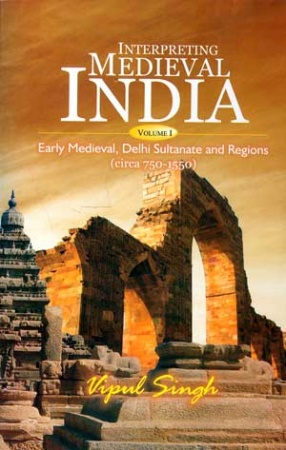
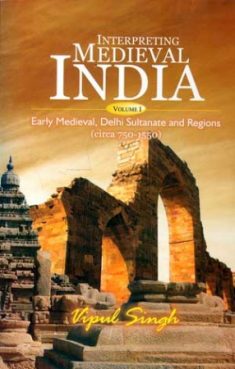
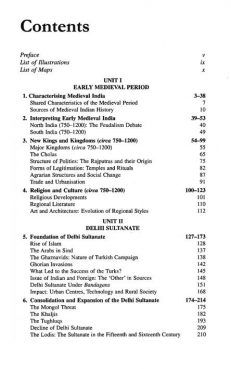
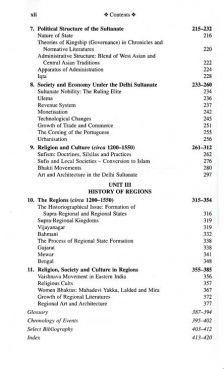

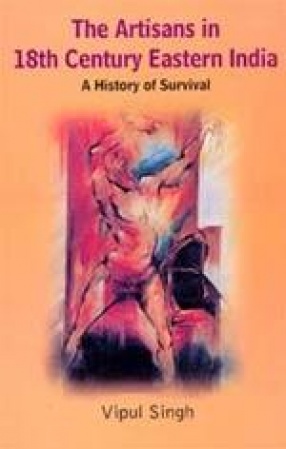
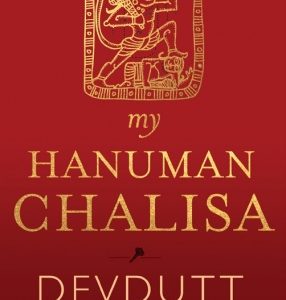
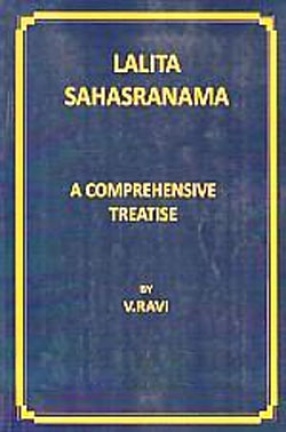

There are no reviews yet.